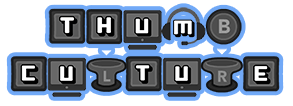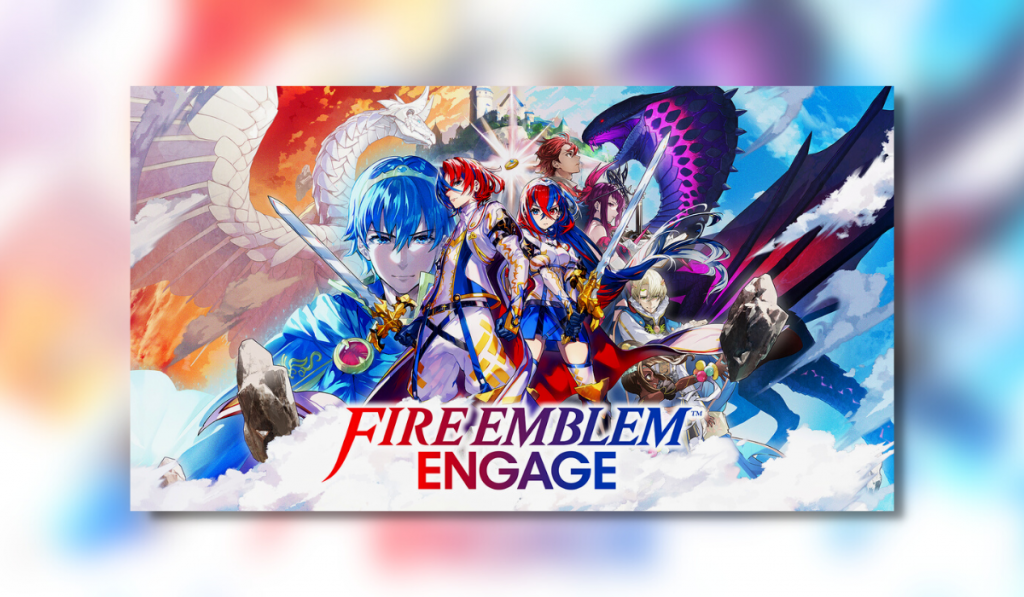
One of the great benefits of writing reviews for Thumb Culture is the variety of games I’ve been exposed to that I might never have played otherwise. I’ve been able to loosen up when it comes to my game choices—and the many fantastic experiences I’ve had have convinced me that the Switch’s library is in very good health. Next up is Fire Emblem, a series that’s been on my radar for a long time—I’m a fan of turn-based combat, and I know these games have a lot of devotees—so I launched myself enthusiastically into the review for the latest release, Fire Emblem Engage.
Rarely have I played a game as difficult to review. Engage has been constructed in two entwined but very different halves—both of which are stuffed with intricate gameplay and upgrade systems. As a noob—and this is clearly a review for the noobs—I spent a long time acclimatising, trying to work out which features were most important. Ultimately, my conclusions are a little mixed. At times Engage swept me away with its fun combat and some nice touches of personality—at others, it tested my patience with its over-abundance, particularly when I started to question what it was all really amounting to.
Sometimes Less is More!
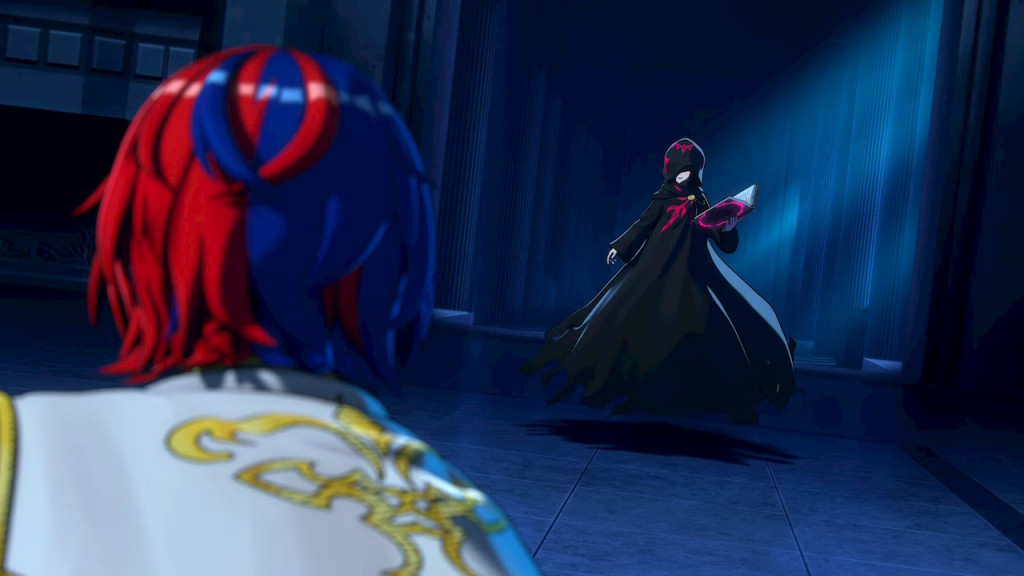
The previous Fire Emblem game, Three Houses, is well respected for its story—but Engage has stripped things back a little in this regard. From the moment you wake up as the not-very-compelling lead—the ‘Divine Dragon’, a slightly dull human named Alear—the cutscenes mostly feature fawning, at times cringe-worthy, but always simplistic interactions between Alear and the sub-characters. You embark on a quest to reunite 12 ‘Emblem Rings’. You travel to different regions in the fantasy world, collecting the rings from a wide cast of royals and their hangers-on, in order to battle an all-corrupting evil, Lord Sonbron, whose power and influence is steadily increasing. The setup is fine, but the more I played the more I felt as if the character writing lacked much depth. Overall, there was just about enough going on in the story to keep me going—I wasn’t ever bored—but the anime-styled twee-ness of it all held me back from really falling in love.
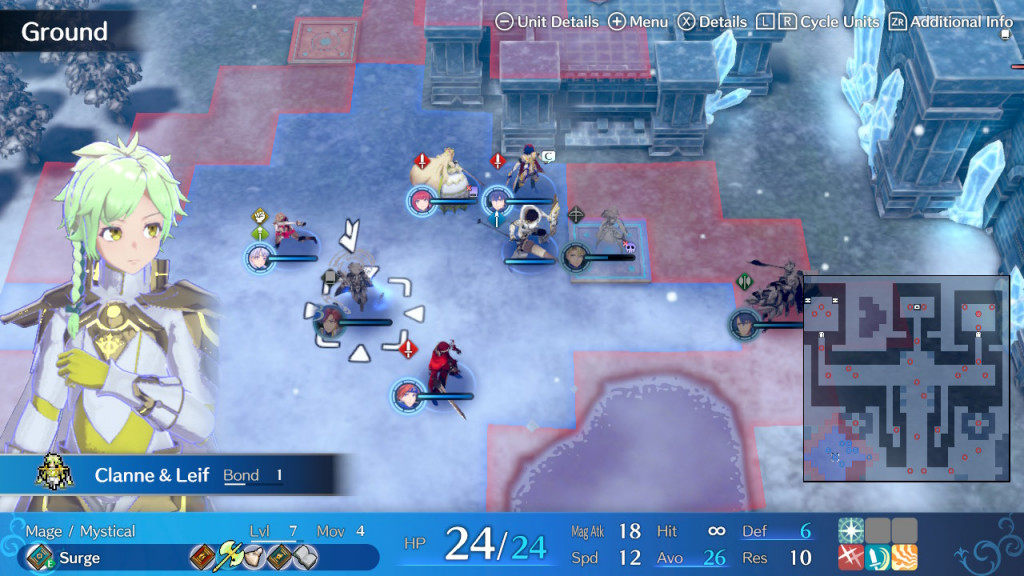
The turn-based combat is one of the two core pillars of the game. Each battle begins with a nicely-depicted, gridded map—eight or so of your units are huddled together in consecutive squares. Plenty of enemies with different strengths and abilities litter the play area. Selecting your units—making sure you have an archer or two to eliminate air-bound enemies, and balancing out your weapon types for the rock-paper-scissor battle system—was often a lot of fun. Battles felt substantial, taking 40 minutes to an hour. If life ever got in the way, the Switch’s versatility meant I was always able to pause mid-flow and pick things up again when I was ready. Balancing out my attacks and making sure none of my characters were left exposed to a counterattack, and the risk of permadeath, was compelling. Most of the battles felt well designed, with subtle variety throughout.
Beneath a Million Hints
Fire Emblem Engage‘s biggest problem is a sense of needless over-complication. The first ten hours are tainted by a near constant ping of hints and tips explaining how to play the game. Most of these describe different ways of tweaking the stats of your characters. The opportunities to do so are available on a floating castle/bizarre holiday resort known as the Somnium, which you visit between battles. The hints quickly start sounding absurd:
“Use this menu to open the Bond submenu to unlock the praise system in the trials room”—or, “Adopt an animal after a battle to increase the yield of your donations, which you can access from the bulletin board in the Action Room. Head to this menu in the Emblem Room to use the sub menu for inter-character relationships to unlock more conversations!”
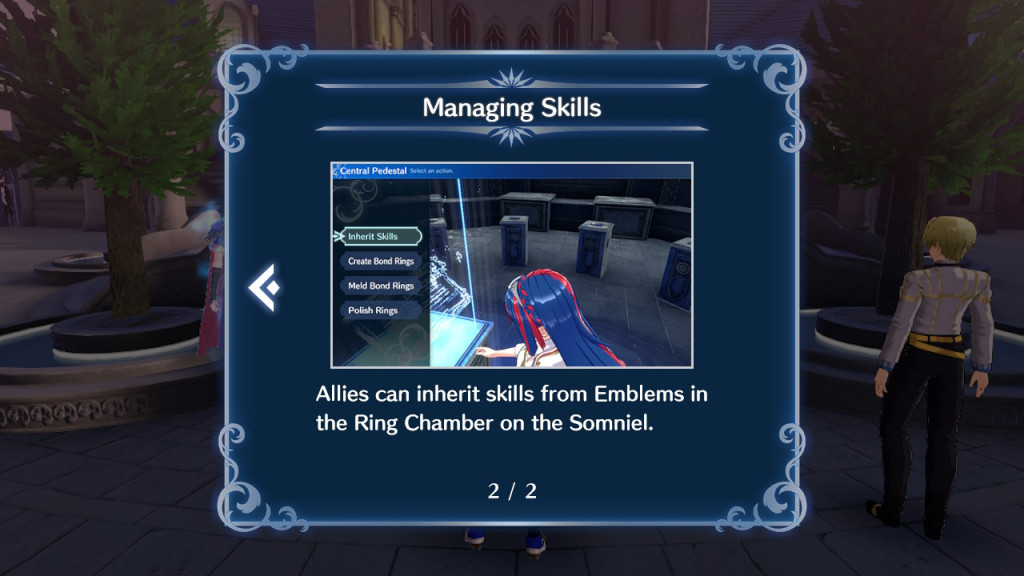
My examples are exaggerations, but only just. This over-saturation of game systems felt, in a way, a little insecure, as if Engage doesn’t want its players to look in any one place for too long. The systems boil down to so much dog work—mindless button tapping through menus, or a lot of repetitive running around picking up collectables from the battleground or on the Somnium. Sometimes this was harmless enough—a degree of tactical stat-adjusting, in particular, was welcome—but at other times it felt like padding. I started to wonder if the game was a little too happy to waste my time.
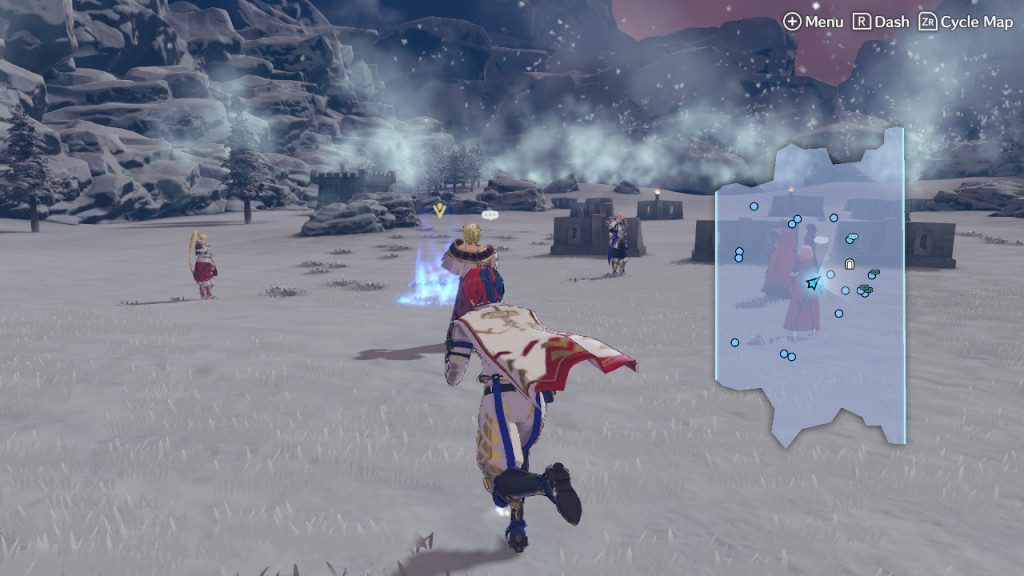
An Over-Stuffed Roster
Just when I thought I was at the peak level of ‘overwhelmed’ because of all the hints, Engage kept throwing more and more characters at me to use. I barely knew how to take advantage of one character, but in every cut scene another two or three would appear. I can’t undersell how relentless this felt. Soon my roster was up to more than twenty. I craved less—I would have been happier with fewer, trickier, more-crafted battle situations where my team choices and character types mattered—any sense that this was the case disappeared early on because Engage seems to pride itself in maximising choices, to the detriment of a more honed sense of focus.
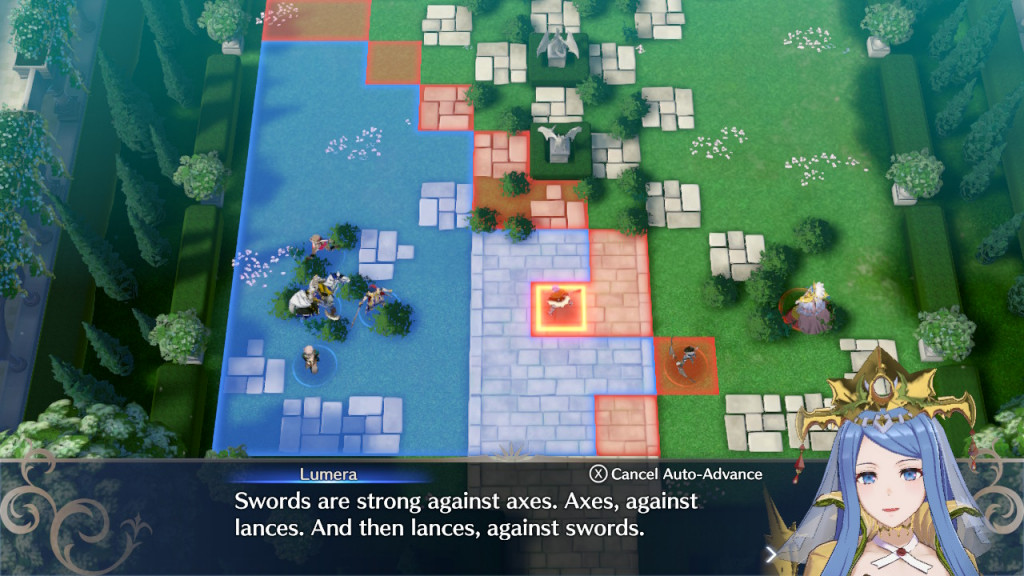
I felt as if a lot of the excess was provided in order to increase replayability—but also that my first run-through was suffering in such a way, especially via the less-enjoyable inter-battle moments, that there was little chance I’d come back to the game once I was finished. That’s not a huge problem—I rarely play a game twice, but my impression was again that I was being distracted by quantity to hide a slight lack of depth.
Most disappointingly of all, the creeping sense that the game is a little easy on its ‘Normal’ setting became overt at around the twenty hour mark, a heart breaking point for the penny to drop in a forty hour game. I’d already invested too much time to start again. Engage lets you adjust the difficulty level, but—bizarrely—only in one direction. You can only make the game easier.
The Turn of the Tide
My best time with Engage came when I allowed myself to slow down and to focus on only a handful of characters. For a while, I even enjoyed experimenting with The Emblem Rings—rings that contain a mystical spirit that gave characters extra battle actions. But even here, the sense of the game’s negative over-abundance returned. The rings can be worn by any of the characters out of the overall roster of thirty. So—that’s twelve rings of various powers usable by any combination out of the thirty characters. This might sound fun, but in practice, alongside my other complaints, I never felt as if I was mastering anything—I felt as if I was always being kept at arm’s length. I felt my own ‘engagement’ drop the longer I played.
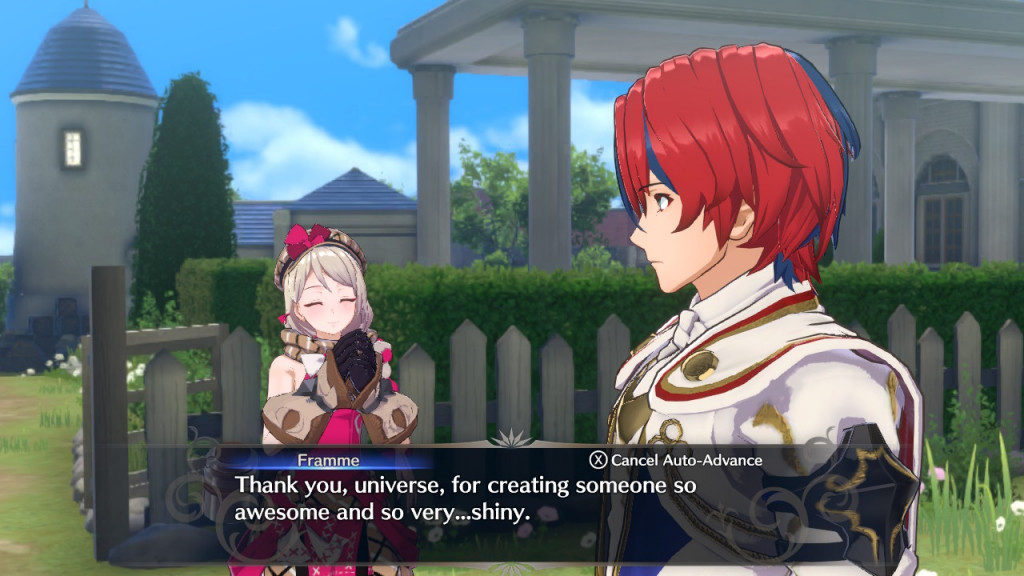
More positively, over time, I came to appreciate the character-bonding system, which is the other main pillar of the game. If characters spend time together in battle you unlock new conversation cutscenes between them, which increases their ‘bond strength’. This adds a surprising angle to the overall experience: the individuals in the group started to feel more real, and I enjoyed getting a sense of their developing relationships. The writing was always cheesy, but it was a clever idea—and at its best it made Fire Emblem Engage feel a little like a novel.
There were a few too many bizarre discussions about tea—and not always using the same character, as if that one character had a trait where they specifically liked tea: there was a guy at my school like that, so I know these people exist. This offbeat energy, however, seemed deliberate—so I respect the developer, Intelligent Systems, for sticking to their guns.
One or two examples seemed a little cheap—in one, a wolf threatened Alear while another character was trying to scare the wolf away. But there was no visual of the wolf, so both characters were reacting to something off-screen—the result was peculiar. I couldn’t quite tell if the wolf was real, or whether the other character was joking.
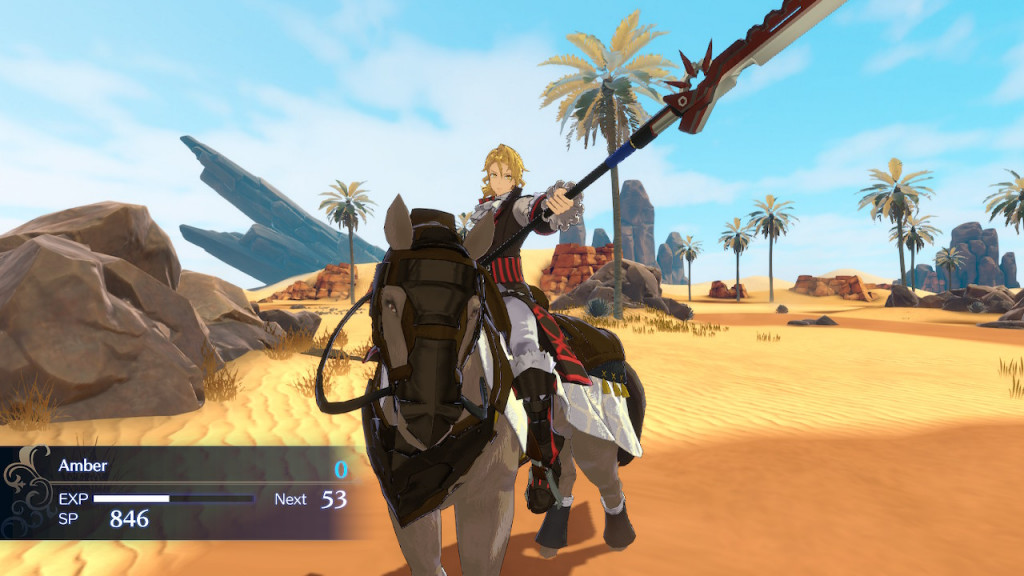
Conclusion
At times I thought I was going to give Engage a Silver Award, and at others a Platinum—once I understood the game better and the story started to pick up, I was engrossed. A great ten hours followed. Engage looks great too, with nice animations that bring the battles to life. And the music and sound effects are all equally as effective—with the possible exception of the slightly over-quirky cutscene music that appears throughout.
But my positivity is undoubtedly tempered by the overall sense of excess. Worst of all, the upgrade system can be jimmied by spending the aforementioned, over-abundant bond points on the Somnial. As in, you spend the bond points to manually upgrade the characters. For me, this reduced the sense I was earning my progress through carefully-fought battles. And once that sense of progress was gone, my motivation to continue began to wane too.
There’s a lot to enjoy in Engage, but my advice is to play on hard and give the game some patience. Nintendo has a video that serves as a good primer for my fellow noobs. It’s a useful guide that helped me appreciate which features were most important amid all the overall noise.
Fire Emblem Engage is a good game, but like a bulky novel, it could have done with an edit. All in all, it gets the Thumb Culture Gold Award.

Disclaimer: A code was received in order to write this review.
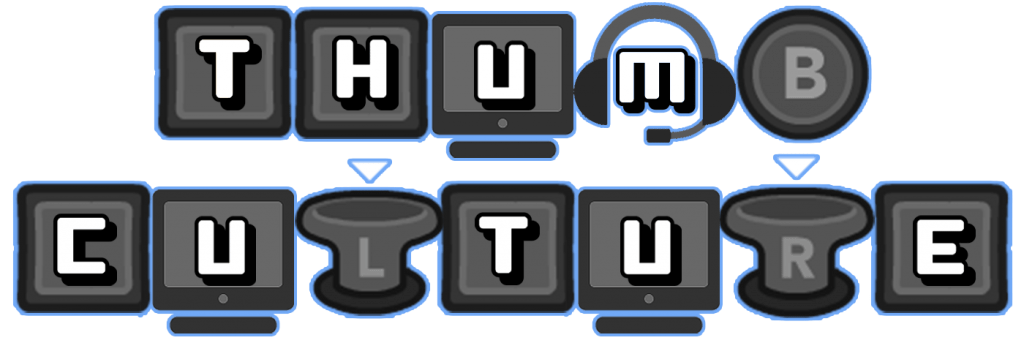
YouTube | Facebook | Twitter | Instagram | Discord | Podcast
